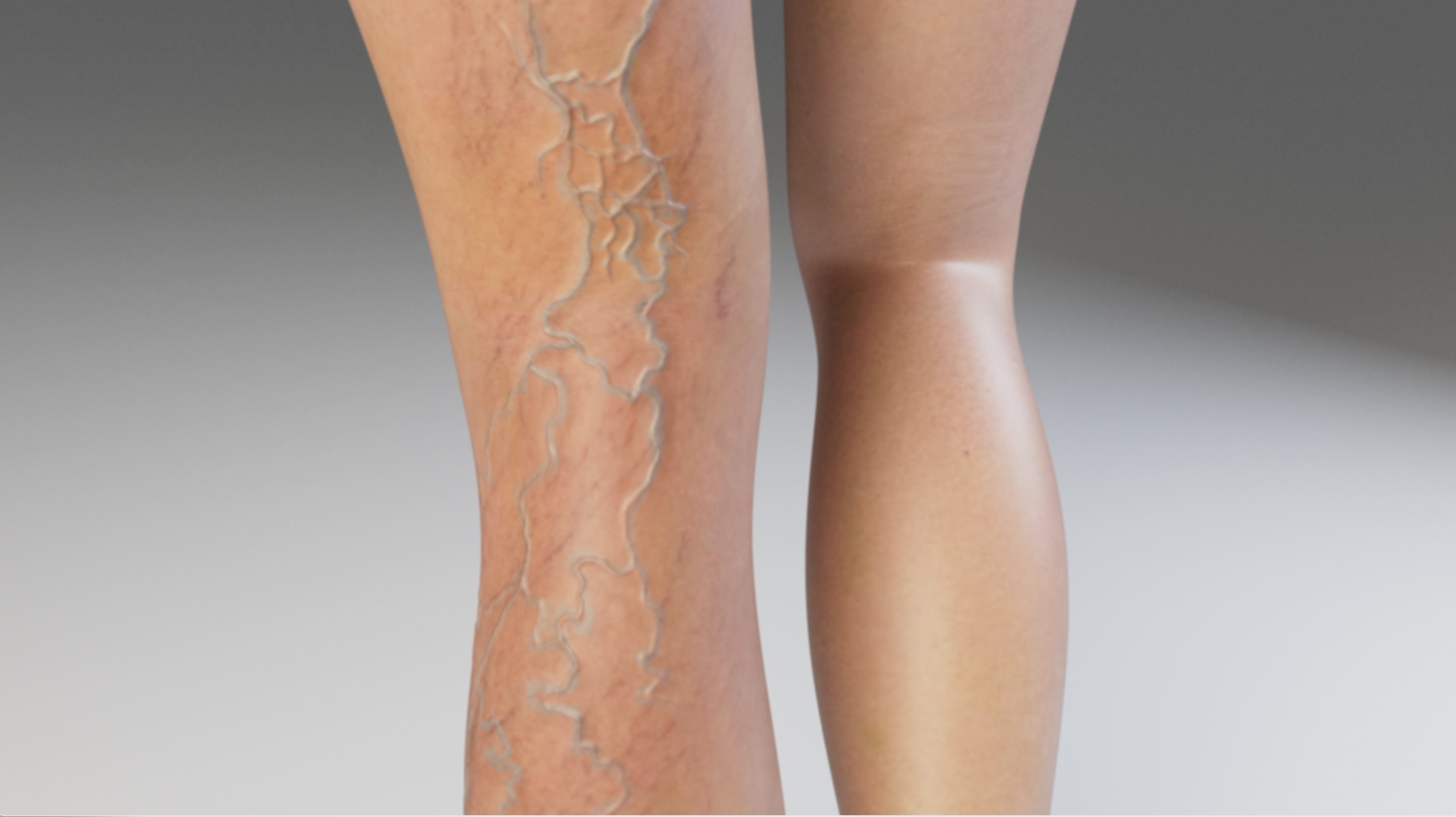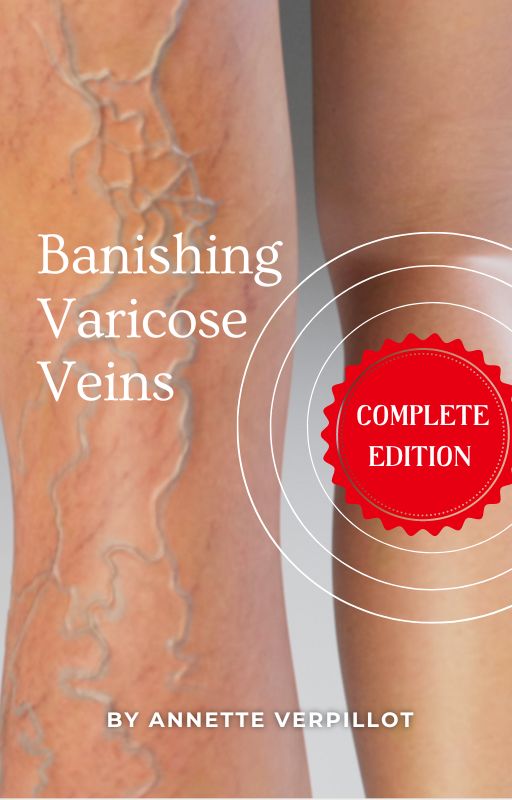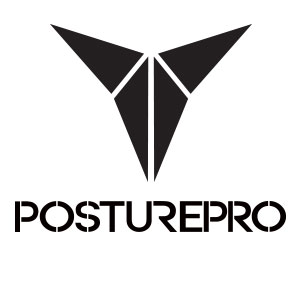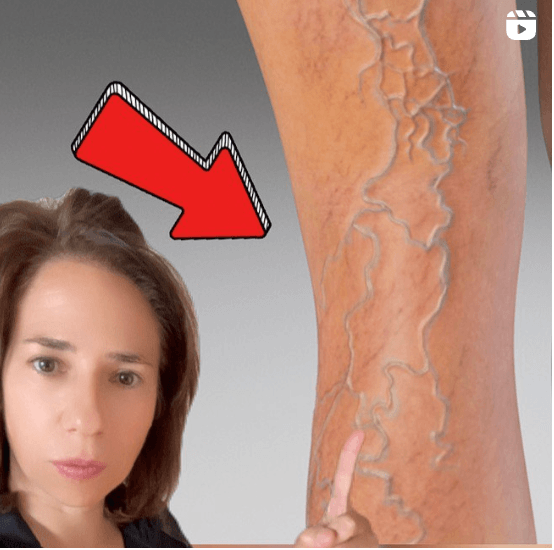Banishing Varicose Veins: 7 Effective Treatment Options Revealed

Varicose veins are a common issue affecting many people worldwide, causing discomfort and self-consciousness. But fear not, as there are effective treatments available to banish these troublesome veins. In this comprehensive guide, we will delve into various treatment options, preventive measures, and lifestyle changes that can help you achieve healthier, vein-free legs.
Understanding Varicose Veins
Before we explore the treatments, it’s essential to understand what varicose veins are and why they occur. Varicose veins are swollen, twisted veins that usually appear on the legs. They develop when the valves in the veins malfunction, causing blood to pool and veins to enlarge. Factors such as age, genetics, pregnancy, and prolonged standing or sitting can increase the risk of developing varicose veins.
Understanding Varicose Veins
Varicose veins occur when veins, usually in the legs, become enlarged, twisted, and filled with blood. They are often a result of faulty valves within the veins that fail to keep blood flowing efficiently towards the heart. This inefficiency causes blood to pool, increasing pressure within the veins and leading to their characteristic bulging appearance.
Symptoms of Varicose Veins
Varicose veins can present various symptoms, including:
- Swollen, bulging veins
- Aching or heavy legs
- Throbbing or cramping
- Itching around the veins
- Skin discoloration
Causes and Risk Factors
Several factors can contribute to the development of varicose veins, including genetics, age, prolonged standing, obesity, and pregnancy. However, posture and foot mechanics also play crucial roles that are often overlooked.
The Calf Pump Mechanism
The calf muscles act as a powerful pump that helps propel blood from the legs back towards the heart. This process is crucial for maintaining efficient blood circulation and preventing blood from pooling in the lower extremities. When you walk or perform any activity involving your legs, your calf muscles contract, squeezing the veins and pushing blood upwards.
Role of Feet in the Calf Pump
The feet are integral to the calf pump mechanism. Proper foot alignment and function ensure that the calf muscles can contract effectively. If there is an issue with the feet, such as flat feet or improper gait, it can impede the calf muscles’ ability to pump blood efficiently.
How Posture Affects Venous Return
Your posture significantly impacts how well your blood circulates. An upright posture allows for optimal function of the calf pump, whereas a forward flexor dominant posture can hinder this process.
Forward Flexor Dominant Posture
A forward flexor dominant posture, characterized by a forward head and rounded shoulders, can affect your blood pressure and worsen circulatory issues. This posture shifts the body’s center of gravity forward, causing increased pressure on the veins in the legs and reducing the efficiency of the calf pump.
Improving Posture for Better Circulation
To improve circulation and reduce the risk of varicose veins, it’s essential to maintain a good posture. This involves:
- Keeping your head aligned with your spine
- Ensuring your shoulders are back and relaxed
- Engaging your core muscles to support your lower back
Factors Affecting Circulatory Health
Several factors can influence your circulatory health over time, potentially leading to varicose veins. These include lifestyle choices, diet, exercise, and most importantly, how you use your feet and legs daily.
Footwear and Foot Health
Wearing proper footwear that supports your arches and promotes a healthy gait is crucial. High heels, for example, can exacerbate poor posture and impair the calf pump mechanism.
Lifestyle Changes: The First Line of Defense
Exercises to Strengthen the Calf Pump
Incorporating exercises that target the calf muscles can enhance the calf pump’s efficiency. These exercises include:
- Calf raises
- Ankle flexes
- Walking or jogging
1. Regular Exercise
Engaging in regular physical activity can improve blood circulation and reduce the likelihood of varicose veins. Exercises such as walking, swimming, and cycling are particularly beneficial. At Posturepro, we offer personalized exercise plans that cater to your specific needs and help improve overall circulation.
2.Weight Management
Maintaining a healthy weight reduces pressure on your veins, lowering the risk of varicose veins. A balanced diet rich in fruits, vegetables, lean proteins, and whole grains can help you achieve and maintain a healthy weight. Our nutrition experts at Posturepro can provide tailored dietary advice to support your vein health.
3. Elevate Your Legs
Elevating your legs above heart level several times a day can improve blood flow and reduce swelling. This simple habit can provide significant relief, especially if you spend long periods standing or sitting. Our therapists can guide you on the best practices for leg elevation and relaxation techniques.
Preventive Measures to Keep Varicose Veins at Bay
4.Stay Active
Regular physical activity keeps your blood circulating and reduces the risk of vein problems. Aim for activities that engage your leg muscles and promote blood flow. At Posturepro, we can guide you on the best exercises to maintain healthy veins.
5. Avoid Prolonged Sitting or Standing
If your job requires long periods of sitting or standing, take breaks to move around and stretch. This helps prevent blood from pooling in your legs.
6. Wear Comfortable Clothing
Tight clothing can restrict blood flow, so opt for loose-fitting clothes, especially around your waist and legs. Avoid high heels, as they can contribute to vein problems.
7. Eat a Balanced Diet
A diet rich in fiber helps prevent constipation, which can put pressure on your veins. Include plenty of fruits, vegetables, and whole grains in your meals.
How do varicose veins develop?
Varicose veins develop when the valves in the veins fail to function properly, causing blood to pool and veins to enlarge.
What exercises help with varicose veins?
Exercises that strengthen the calf muscles, such as calf raises and ankle flexes, can enhance the calf pump mechanism and improve circulation.
Can poor posture cause varicose veins?
Yes, poor posture, especially a forward flexor dominant posture, can impede venous return and contribute to varicose veins.
How can Posturepro products help with varicose veins?
Posturepro products support proper foot alignment and promote an upright posture, aiding in optimal circulatory health and reducing the risk of varicose veins.

Learn how to banish varicose veins by improving your posture and foot health.

GET STARTED
ABOUT POSTUREPRO
COMPANY
FOLLOW US
Posturepro © 2024 All Rights Reserved. | Privacy Policy


